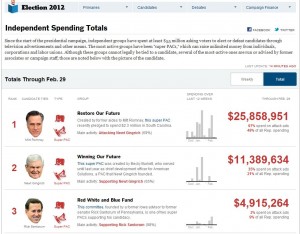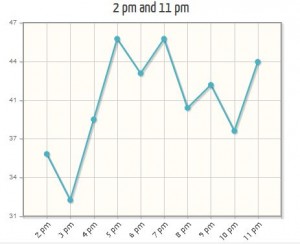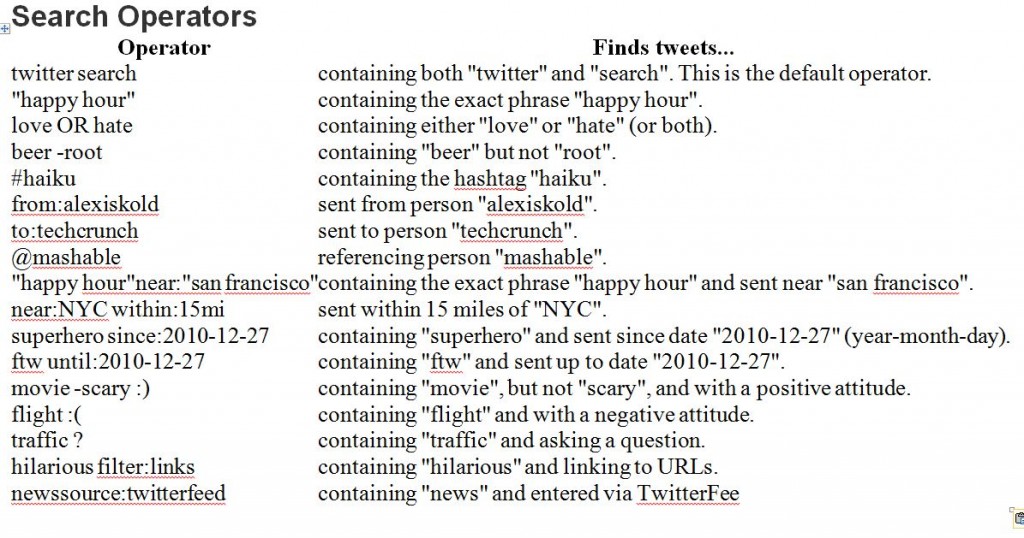You are working on a story that tracks to another market. You’d like to know what the media in that location are reporting, so you can stay on top of the story. A quick way to do that is to follow the twitter feeds of media there.
To find those twitter names,  check out Sergio Chapa’s tvontwitter. You can search by city, state, market size, call letters or network.
check out Sergio Chapa’s tvontwitter. You can search by city, state, market size, call letters or network.
I was delighted to stumble across this site one day. Sergio, now the interactive manager at valleycentral.com, the online sister to KGBT-TV, Harlingen, Tex, started it in 2008.
“I wanted to create a focal point for people interested in social media to connect with media outlets on Twitter,” Sergio said, noting that he does this as a hobby in his off-hours.
What a labor of love! You can follow the project at tvontwiter (and yes it’s just one ‘t’). Sergio also runs radio on twitter, and newspapers on twitter, though the lists are not as complete. He says he hopes to broaden it to media outside the States.
If you need a news organization not on his list but know the name, or can guess, you can search for it on twitter’s search page, or use this handy formula in any browser search: keyword site:twitter.com example: Post Standard site:twitter.com
And I bet Sergio would love for you to let him know so he can add it to his list.










